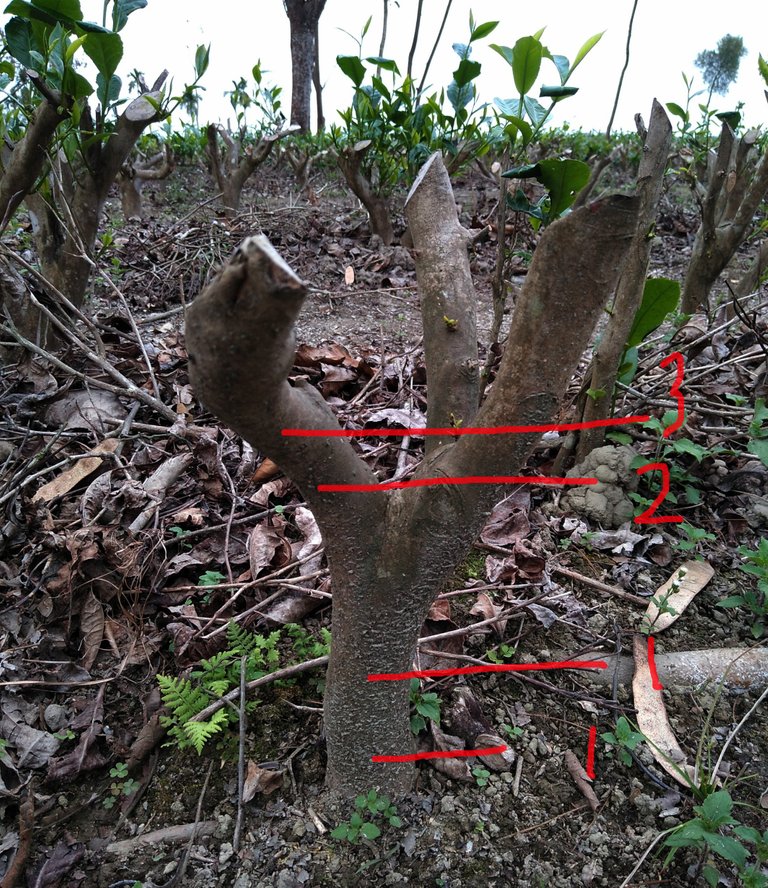Mathematics always fascinates me. I like to explore the fundamentals rather than just associating it with adding things or subtracting, or just in writing in exams for grades. Actually, Mathematics is way more than that. In this piece of blog, I would like to take you to a interesting (hopefully) experiment I did on Fibonacci series.
What is Fibonacci series?
Fibonacci series is a series of the type
1+1+2+3+5+8+13+21+34+55+...
Speciality of this series is that you can get succeeding term of the series by adding the preceding term. Like..
1 +0=1
1 +1=2
2 +1=3
3 +2=5
5 +3=8
8 +5=13 and so on…
Now this would look like a boring maths we never cared about and that's what I thought at first. But, this series is said to be the base of some natural phenomenon. So I went out to know if it's true.
Proposition:
Trees follow this series patterns.
Isn't it cool?
I surfed the internet asking for information about this and found that there are experiments on Oak tree and that it follows the pattern of the Fibonacci series.

I wanted to know more about this. So went to a tea garden nearby expecting for these patterns. Chose Tea, because it's easier to count the branches as this is the season for skiffing. Tea bushes were deep skiffed as you can see, making it whole lot easier for me to count the branches and see the patterns if there are any.

To my utter surprise, Tea branches seemed to have followed the Fibonacci series to a point where I could count. First there was a single stem, then it splitted to two. Then one of these two again splitted into two, making the total branch count 3 (which is a Fibonacci series number). Again two of these branches splitted to four, plus 1, making the total branch count 5 (which is a Fibonacci series number). Thus the branch counts at upper points happened to be 8,13,.... Which are Fibonacci series numbers

If you look at this photo, it's clear that there are 5 sub-branches, and the cut-off branches at a height also make 8 sub-branches.
This is another sample of the tea bush that seems to follow Fibonacci series

Here are few more samples that are happen to show these patterns

It was a bit hard for me to show out all the branches to make it a complete series. But its pretty obvious that the point where the bushes are cut off, the number of branches at that point should be the numbers of the Fibonacci series (i.e 3,5,8,13....) as it is in the pictures




This was the pattern for most of the bushes
Now this all might raise a question like how it's all important to us?
First of all, this was just my observation. And if its happen to be true, then that's great. Because, I love to say 'Everything in nature has a pattern, if you think there are no patterns in nature, then probably you couldn't find any'. Some kids inside me always had a thought that 'the one who is planning and managing this nature has an algorithm and that's how he puts it together all along'. If we can get a hint of this pattern/algorithm, it surely would be a help in the process of predicting nature.
PS- I don't claim this to be done first time, but I couldn't find any experiments on the topic in the internet about Tea bushes either. I'm just sharing a thing that seemed cool to me and thought this place is the best to share it. Thank you for reading ;)
I love Fibonacci and its presence in nature! Good post @iamsgr
Thank you @marcybetancourt :)